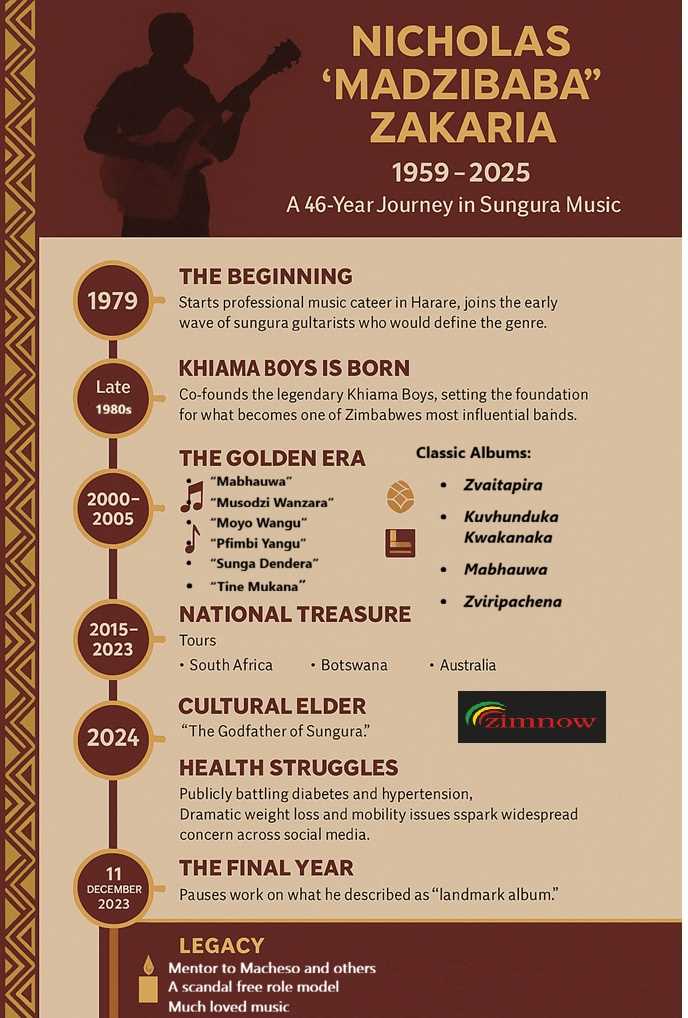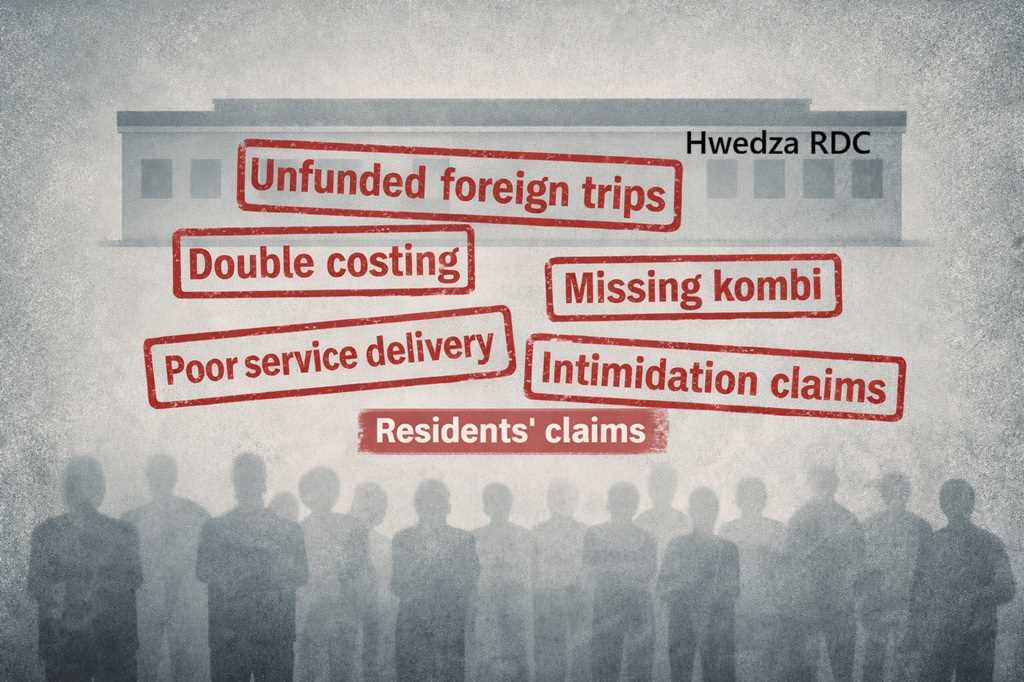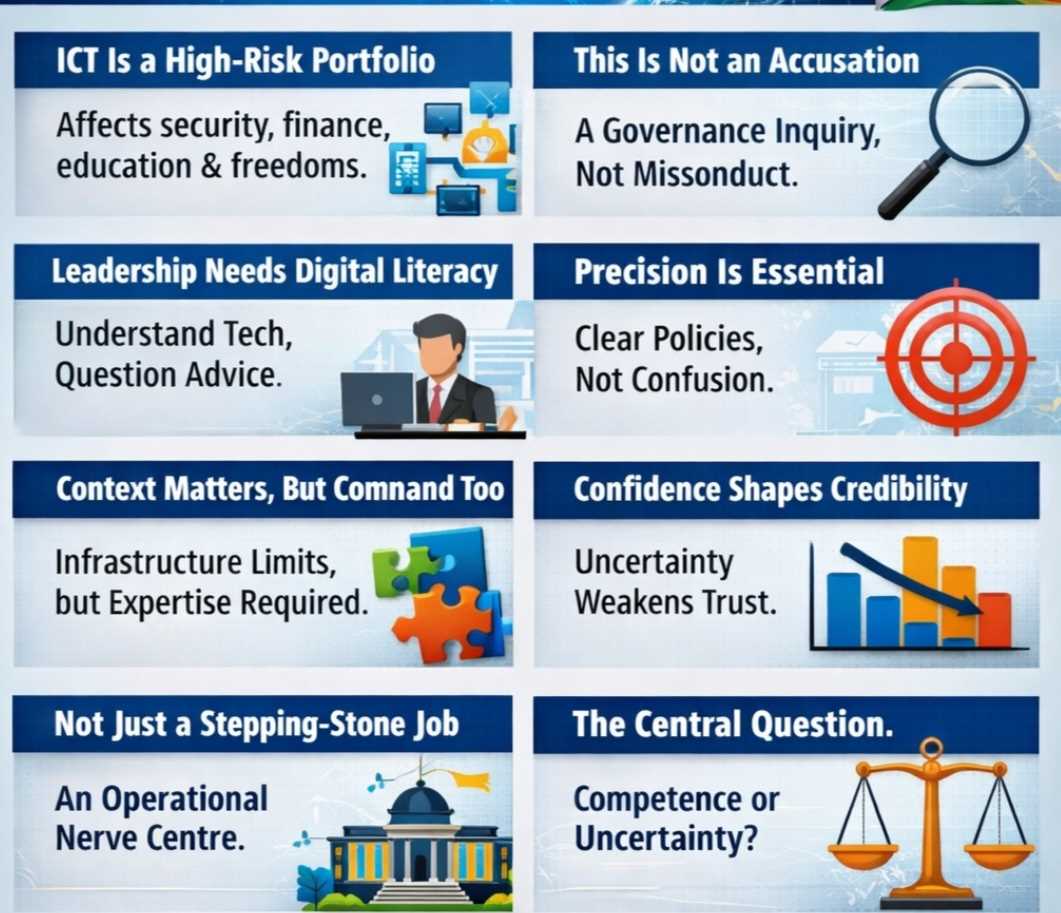
Zim Now Writer
Zimbabwe on Monday joined the rest of the world in celebrating the International Day of Families running under the theme “Demographic Trends and Families.”
This year’s national celebrations are scheduled for May 19, 2023 in Ward 14, Gwanda District in Matabeleland South Province.
Speaking at a press conference yesterday, Minister of Women Affairs Community, Small and Medium Enterprises Development, Dr Sithembiso Nyoni said this year’s theme is meant to highlight the impact of changing demographic trends on the family unit and the importance of developing family-oriented policies that are adaptable to changing demographic realities.
“Global demographic trends are influenced by the key variables namely Fertility Patterns, Mortality Patterns, Nuptiality Rates and Ageing.
“As a nation, Zimbabwe has not been immune to these demographic issues which affect various sections of the national population in many ways.
Related Stories
“A number of changing demographic trends in Zimbabwe have been emphasised in the 2022 National Census, and these issues need major consideration and inclusion within development plans by the Government of Zimbabwe and its development partners. This will help development.
“Zimbabwe has experienced a drop in Crude Birth Rates and General Fertility Rates in 2022 as compared to 2012.
“The country has had a 1.26% decline in the Crude death Rate in 2022 as compared to 2021, while there has been a 0.43% increase in life expectancy to 62.16 years in 2023.
“According to Census figures, 1% of women at national level in the 20-24 years age group were married before the age of 15, with a proportion of 1.6% being from the Rural areas and 0.3% in the urban areas. The child marriage rate stands at 34% from 2006 to 2022.
“In 2023, the percentage of the national population that is over 65 stands at 3 percent, and of that 3 percent, 78.5 percent has been classified as being poor or very poor by the Poverty Assessment Study Survey,” she said.
A significant number of families are said to be experiencing devastating levels of poverty that affect access to key social and economic services, with elderly headed households being a reality in Zimbabwe.
“Families across the rural and urban divide in the country are facing a number of social and economic challenges that can be traced back to family fabric disintegration and poverty.
“Child prostitution, early marriages, drug abuse and domestic violence are now rampant. This results in challenges that need to be tackled head on by all stakeholders who need to make their interventions adaptive to the demographic realities on the ground,” Minister Nyoni added.




















Leave Comments